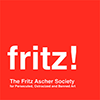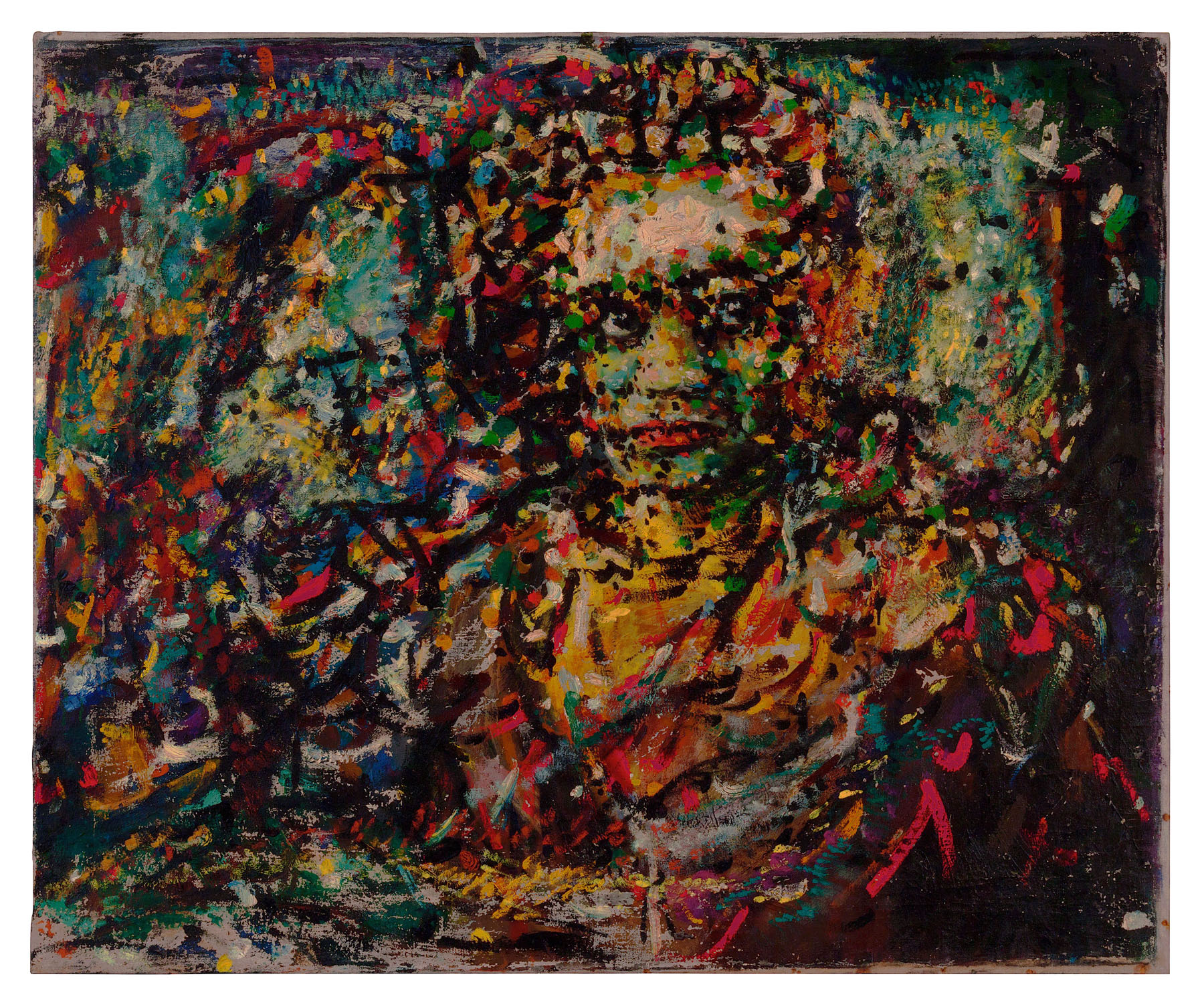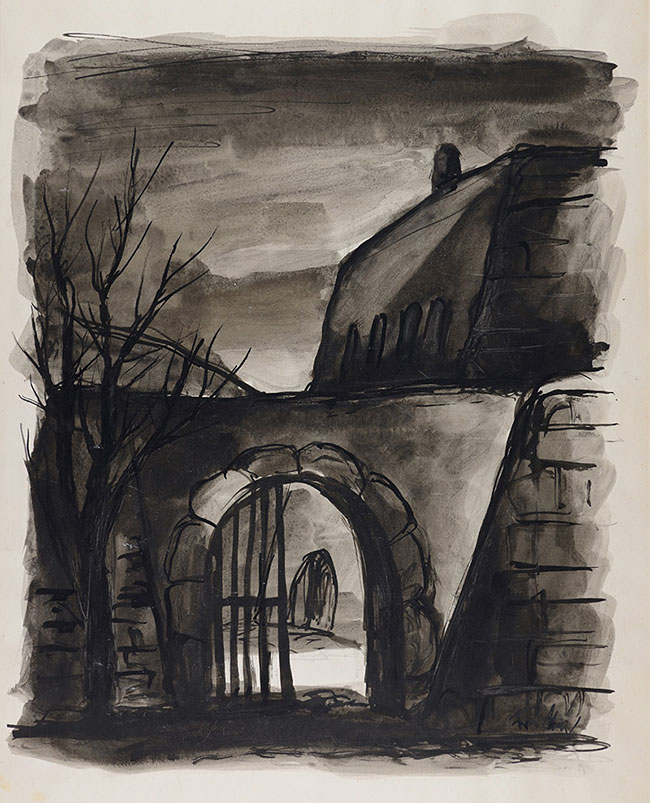“Fritz Ascher: Themes and Variations”
A Digital Exhibition Experience
This digital exhibition includes important examples from the oeuvre of the German Jewish Expressionist artist Fritz Ascher (1893-1970). Ascher’s career extended from prior to the First World War until the late 1960s. However, Ascher’s artistic trajectory was interrupted due to persecution under National Socialism, and he spent much of the Second World War in hiding, concealed in a family friend’s basement. Ascher’s work consequently encompasses both the vibrant artistic scene in early-20th-century Germany, as well as the trauma and aesthetic shifts consequent of Ascher’s persecution and deprivations during the twelve years of the Nazi regime. These selected works are representative not only of critical moments in Ascher’s personal and artistic development, but also of key themes that occupied Ascher’s [...]
“Identity, Art and Migration”
Online Exhibition
Marlene Meyerson JCC Manhattan
334 Amsterdam Ave, New York, NY, United States
“Identity, Art and Migration” investigates the experience of seven Jewish European artists who were forced to abandon their country of origin, or remain in hiding for years, in response to Nazi policies in effect from 1933 to 1945. These six artists: Anni Albers, Friedel Dzubas, Eva Hesse, Rudi Lesser, Lily Renée and Arthur Szyk emigrated to the United States, while one, Fritz Ascher, stayed behind in Germany, hiding in a basement for three years. These artists’ lives and work address the multi-layered concept of identity and the particulars of its expression from slightly different angles. We invite you to explore with us how these wrenching experiences affected their sense of who they were, and the art they made. [...]
DEAR MISS PERKINS.
A Story of Frances Perkins’s Efforts to Aid Refugees from Nazi Germany
Book talk by Rebecca Brenner Graham, Ph.D.
ONLINE
VA, United States
Perkins’s early experiences working in Chicago’s famed Hull House, and as a firsthand witness to the horrific Triangle Shirtwaist fire, shaped her determination to advocate for immigrants and refugees. As Secretary of Labor, she wrestled with widespread antisemitism and isolationism, finding creative ways to work around quotas and restrictive immigration laws. Diligent, resilient, empathetic, yet steadfast, she persisted on behalf of the desperate when others refused to act. Book talk by Rebecca Brenner Graham, Ph.D. REGISTER FOR ONLINE EVENT If you can't attend, register anyways and you will receive the link to the recording. Participating in the event enables you to ask questions and be part of the discussion following the talk. [...]
What If?
Presentation by Ori Z Soltes, PhD, Washington, DC
ONLINE
VA, United States
This image-rich talk by Dr. Ori Z Soltes from Georgetown University in Washington DC will consider some of the many Jewish artists destroyed by the Holocaust who had either begun or were poised to add significant threads to the tapestry of twentieth century visual art. Some are now well-known and others remain obscure—but what if artists like Charlotte Solomon and Felix Nussbaum or like Erna Dem and Fritz Taussig had survived to do more art? What additional significant contributions might they have made? Image above: Bedřich Fritta (Friedrich Taussig), Rear Entrance, Theresienstadt Ghetto, 1941–1944. India ink and wash on paper, 51 x 36.5 cm Collection of the Yad Vashem Art Museum, Jerusalem. Gift of the Prague Committee for Documentation, courtesy [...]






